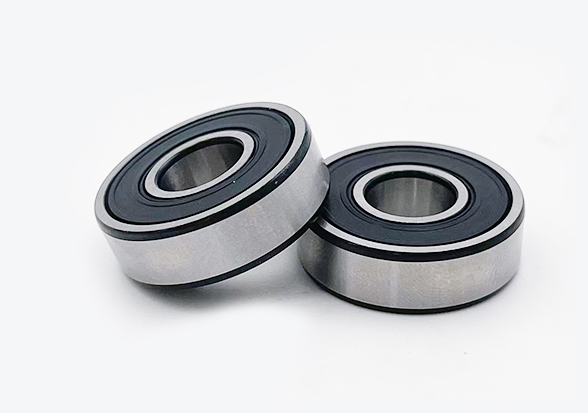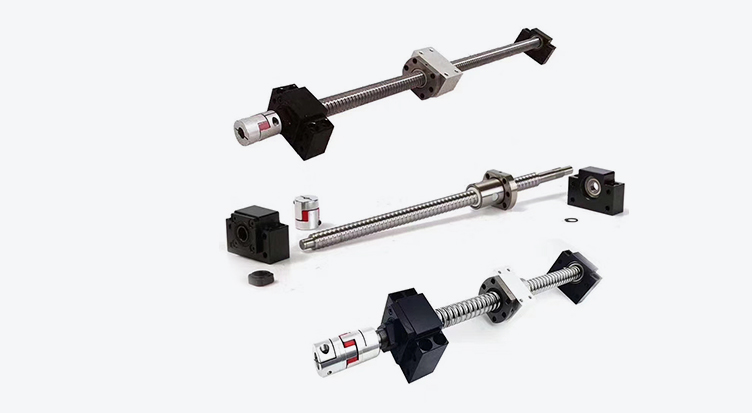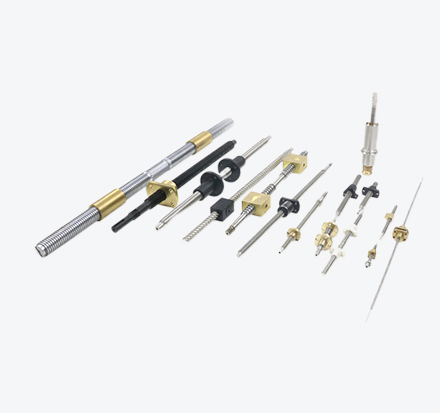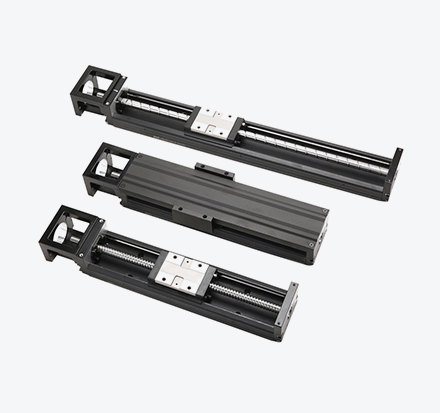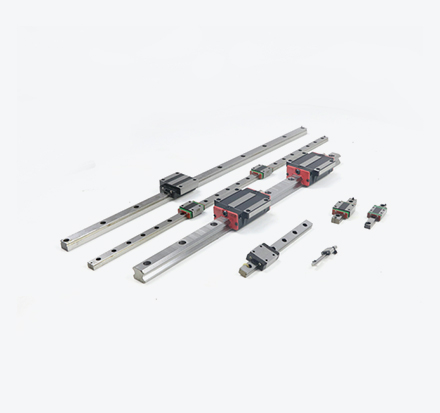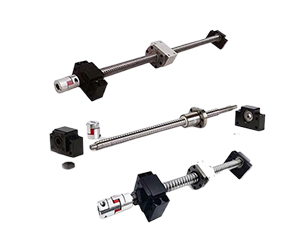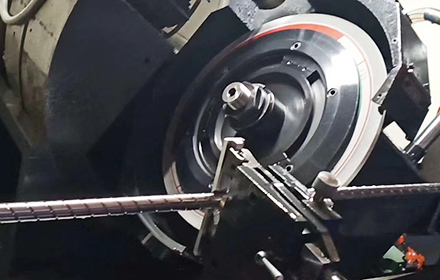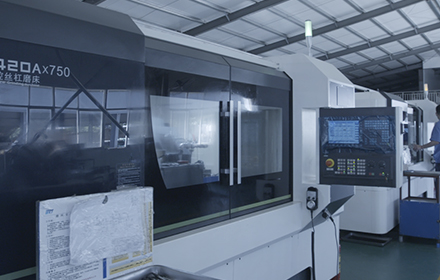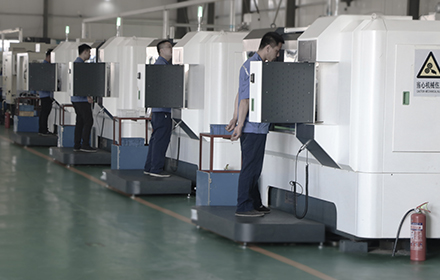1. Introduction of ball screws
Ball screw is the most commonly used transmission element in tool machinery and precision machinery. Its main function is to convert rotary motion into linear motion, or convert torque into axial repetitive force, with high precision, reversibility and high Efficiency characteristics. Due to its small frictional resistance, ball screws are widely used in various industrial equipment and precision instruments.
The linear ball screw consists of a screw, a ball nut, a steel ball, a pre-press, a reverser, and a dust filter. Its function is to convert rotary motion into linear motion, which is a further extension and development of Acme screw. The important significance of this development is to change the bearing from sliding action to rolling action.
2. Application of ball screws
Ball screw support bearing is available in a wide variety of standardized products for various applications. It is widely used in machine tools, and the circulation methods of balls include circulation conduit type, circulator type, and end cap type. The preloading methods include positioning preloading (double nut method, positional preloading method) and constant pressure preloading. An appropriate type can be selected according to the application. The screw has a precision ball screw with high-precision grinding (accuracy is divided into 6 grades from CO-C7) and a cold-rolled ball screw bearing formed by high-precision cold rolling (accuracy is divided into 3 grades from C7-C10) level). In addition, in order to cope with the urgent need for delivery by users, there are also finished products that have already processed the shaft end, semi-finished products and cold-rolled ball screw bearings that can be freely processed on the shaft end. As the peripheral parts of this bearing, the screw support unit, bearing supports, lock nut, etc. necessary for use have also been standardized and can be used by users.
3. Features of ball screws
Small friction loss and high transmission efficiency
High precision
High-speed feed and micro-feed possible
High axial stiffness
Not self-locking, with reversibility of transmission
 English
English
